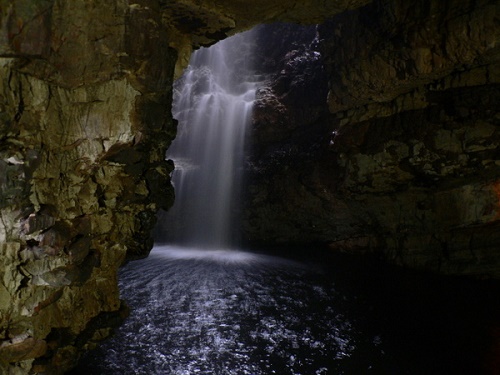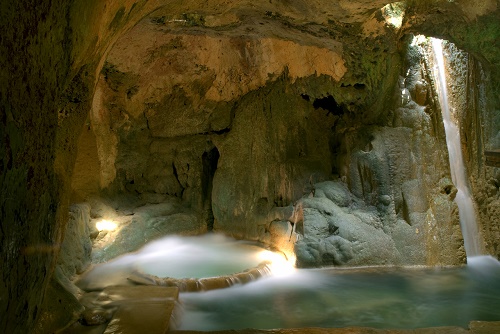Grotto

Grotto
Grottos are underwater cavities excavated from the rocks by the effect of erosion. There are many different types of grotto. Some are excavated by the rain which seeps into the cracks of the Earth, others are formed by streams of lava which flow underground.
Grottos are also made by sea waves which beat against the rock or where the water bores under the ice. Finally there are those grottos formed by the wind which, with the force of the grains of sand which it brings with it, wears the rock away.
Stalactites and Stalagmites
Grottos begin by rain falling on chalky soil. The rain drips inside and calcium carbonate is dissolved in it. As these chalky drops dry out and build up, they gradually form long, icicle like deposits hanging from the roof. These are stalactites. Stalagmites rise, up as a result of chalky drops dripping on the grotto floor.

Facts:
- Reseau Jean Bernard in France is one of the deepest grotto in the world (1602m).
- The longest stalactite is in Spain, in Cueva de Nerja and is 28m long.
- The largest known stalagmite in the world exceeds 70 metres (230 ft) in height and is located in Sơn Đoòng Cave, Vietnam.
